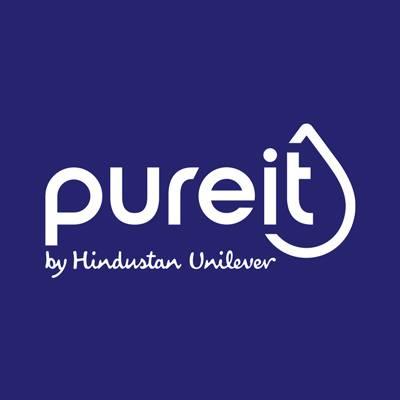Reverse osmosis (RO) stands as a pinnacle of water purification technology, offering unparalleled efficiency in removing contaminants and producing high-quality drinking water. Understanding the principles and benefits of reverse osmosis is crucial for appreciating its widespread adoption in households, industries, and communities around the world.
At its core, reverse osmosis harnesses the natural process of osmosis in reverse to purify water. Osmosis is the movement of water molecules across a semi-permeable membrane from an area of lower solute concentration to one of higher solute concentration, equalizing the concentration on both sides. In reverse osmosis, external pressure is applied to the side with higher solute concentration, forcing water molecules to move against their natural gradient through the membrane, leaving behind contaminants and impurities.
The semi-permeable membrane used in reverse osmosis systems is a critical component that determines the efficiency and effectiveness of the purification process. Typically made from thin films of composite materials like polyamide or cellulose acetate, these membranes feature microscopic pores that selectively allow water molecules to pass through while blocking larger molecules and contaminants such as salts, minerals, bacteria, and viruses.
One of the primary advantages of reverse osmosis is its ability to produce exceptionally pure water with a high degree of contaminant removal. RO systems can effectively remove up to 99% of dissolved solids, including heavy metals, pesticides, fluoride, and microbial contaminants, providing a reliable solution for improving water quality and safety. This makes reverse osmosis an ideal choice for households, businesses, and industries seeking a reliable source of clean and safe drinking water.
Moreover, reverse osmosis offers versatility and scalability, making it suitable for various applications ranging from residential point-of-use systems to large-scale industrial water treatment plants. Whether installed under the kitchen sink to provide purified drinking water or integrated into municipal water treatment facilities to produce potable water on a massive scale, RO technology delivers consistent results and meets stringent quality standards.
Despite its numerous benefits, reverse osmosis does have some limitations and considerations. The process requires energy to operate and can result in significant water wastage, as rejected contaminants are flushed away as waste water. Additionally, RO systems may remove beneficial minerals along with contaminants, leading to concerns about demineralization and the taste of purified water.
In conclusion, reverse osmosis represents a groundbreaking advancement in water treatment technology, offering a reliable and efficient method for producing clean and safe drinking water. By harnessing the power of osmotic pressure, RO systems deliver exceptional purity and contaminant removal, making them indispensable tools for ensuring water quality in diverse settings. As technology continues to evolve, reverse osmosis remains at the forefront of the quest for pure water, providing a sustainable solution for meeting the growing demand for safe and accessible drinking water worldwide.
